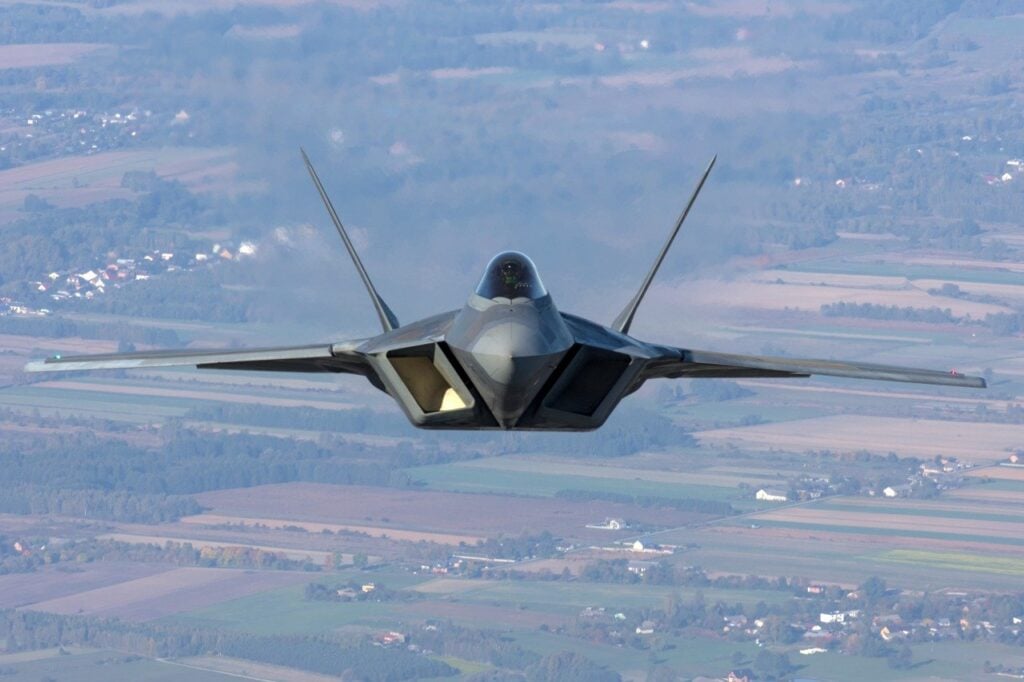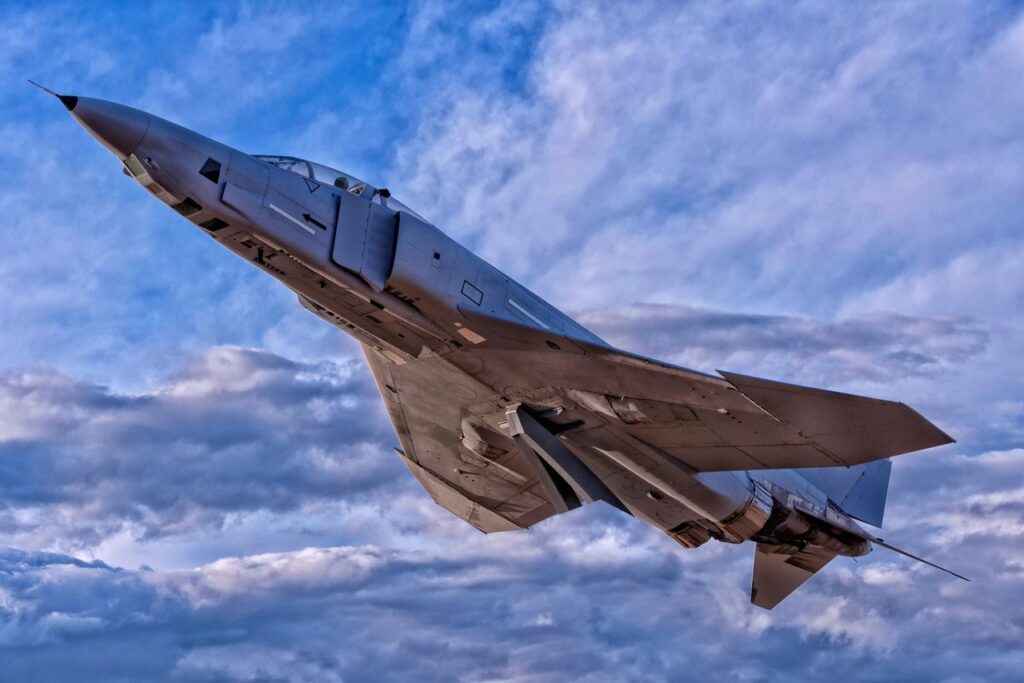
The Slow Death of the A-10 Warthog Has Started
What You Need to Know: The A-10 Thunderbolt II, or Warthog, is approaching retirement as the U.S. Air Force shifts focus toward modernizing its fighter fleet for the Indo-Pacific. By the end of FY2025, the 25th Fighter Squadron’s A-10s at South Korea’s Osan Air Base will be phased out.

-Advanced aircraft like upgraded F-16 Fighting Falcons, F-35 Lightning IIs, and F-15EX Eagle IIs will replace them to enhance combat effectiveness against modern threats.
-The Air Force emphasizes the need for stealth, advanced avionics, and multi-role capabilities to counter adversaries in the region. The Warthog’s departure marks the end of an era for the beloved close air support aircraft.
Farewell to the Warthog: A-10 Retires from South Korea by FY2025
The age of the Fairchild Republic A-10 Thunderbolt II is coming to an end, and the U.S. Air Force is determining a future without it. The air service announced last week that it will finalize its modernization strategy for the A-10 – affectionately known as the Warthog – during the current fiscal year 2025 (FY25), which began on October 1.
“In key regions, including South Korea, it will transition away from its A-10 Thunderbolt II aircraft in favor of advancing fourth-generation fighter jet upgrades and enhancing fourth- and fifth-generation aircraft integration,” the Air Force acknowledged.
Out With the Old A-10
Though the A-10 Warthog has plenty of supporters, officials have indicated that the ongoing modernization effort is meant to maintain “peace and stability in the Indo-Pacific region, including the Korean peninsula” and that requires modern or “state-of-the-art” aircraft. It should be noted that the A-10 was developed in the late 1960s, and the close air support (CAS) aircraft entered service in March 1977.
Though it was developed alongside and then adopted just a year earlier than the F-16 Fighting Falcon, the A-10 hasn’t received the same level of upgrades and enhancements as the multirole fighter. More importantly, while the role of CAS can’t be easily conducted by other aircraft today – the A-10 may not be suited to a fight against a modern adversary with advanced air defense systems. The Thunderbolt II was designed for a war in Europe in the 1970s, a fact that needs to be remembered.

Thus beginning in January, the 25th Fighter Squadron’s two dozen A-10s at Osan Air Base will begin a phased withdrawal, which is set to be completed by the end of FY25 (September 30, 2025). At the same time, the Seventh Air Force’s fleet of F-16 Fighting Falcons will receive avionics system upgrades, which the Air Force said would bring those aircraft “closer to fifth-generation capabilities as they increase both the survivability and accuracy of the weapon system.”
The goal is to increase the operational effectiveness of U.S. forces in the Indo-Pacific.
“By introducing advanced fourth and fifth-generation aircraft like our upgraded (F-16 Fighting Falcons), along with (F-35 Lightning IIs) and (F-15EX Eagle IIs) in the Pacific region, we are significantly enhancing our overall air combat capabilities in the Korean theater,” said Seventh Air Force Commander and U.S. Forces Korea Deputy Commander Lt. Gen. David Iverson.
Regularly deployed future U.S. air power on the Korean Peninsula will consist of the upgraded F-16s, the Lockheed Martin F-35 Lighting II fifth-generation stealth fighter, and the Boeing-made F-15EX. According to the Air Force the F-35’s “stealth capabilities and advanced sensors, will provide a significant edge in situational awareness and strike precision,” while the F-15EX Eagle II’s “advanced avionics and payload capacity, will enhance air-to-air and air-to-ground combat effectiveness.”
It is unclear how many total aircraft could be stationed in South Korea, but Iverson said that the fighters would be highly competent in defending the peninsula and protecting U.S. interests in the region.
“These aircraft bring unparalleled multi-role versatility, advanced stealth features, and superior operational range, positioning us to effectively counter modern threats and support our regional allies,” he added.

Farwell Show for the Warthog
The Air Force’s announcement that the Warthog fleet will be withdrawn from South Korea came just following the final performance of the A-10C Thunderbolt II Demonstration Team, which took to the skies on Sunday at the Stuart Air Show in Witham Field (SUA), Florida, as part of the Veterans Day Weekend celebrations.
“We want to extend a huge thank you to everyone who supported us and everyone who came out to watch an amazing airframe, pilot, and team, perform for you at 1800 shows across 10 countries over the course of more than 40 years,” the A-10C Thunderbolt II Demonstration Team expressed in a statement, posted to Facebook.
Author Experience and Expertise: Peter Suciu
Peter Suciu is a Michigan-based writer. He has contributed to more than four dozen magazines, newspapers, and websites with over 3,200 published pieces over a twenty-year career in journalism. He regularly writes about military hardware, firearms history, cybersecurity, politics, and international affairs. Peter is also a Contributing Writer for Forbes and Clearance Jobs. You can follow him on Twitter: @PeterSuciu. You can email the author: [email protected].
Image Credit: Creative Commons and/or Shutterstock.
From the Vault


